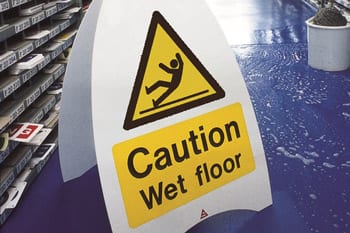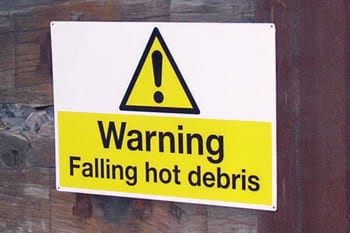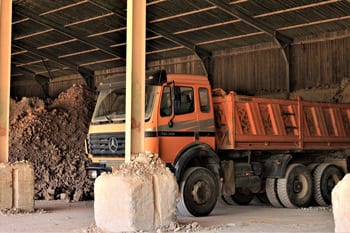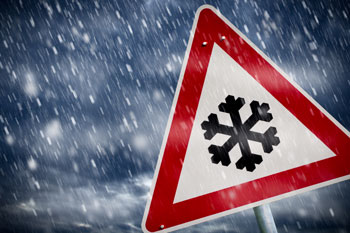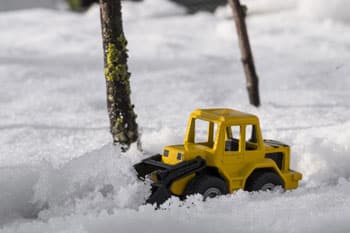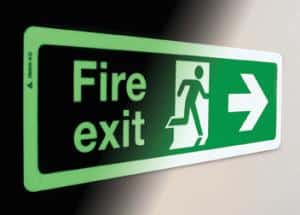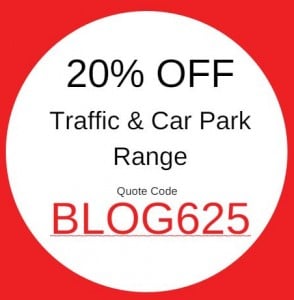The Importance of PPE
PPE (Personal Protective Equipment) is a vital part of working on a construction site, quarry, or in a potentially hazardous area. Even though the cause of the issue and prevention, if necessary, takes priority, if there is even a slight risk of injury or damage to health on a site, workers must be informed about the importance of Personal Protective Equipment and when to use it.
It can be easy to slip into bad habits and forget about the importance of Personal Protective Equipment signage. However, this post can be a great opportunity to refresh your health and safety and restart on the right foot. Particularly during the remaining cold winter months, it’s very important to provide as safe a working environment for employees as you can, meaning safety signage is essential.
Why Do We Need Personal Protective Equipment Signage
Personal Protective Equipment signage can be crucial to ensuring that workers are protected from:
- Falling objects,
- Slips
- hazardous chemicals.
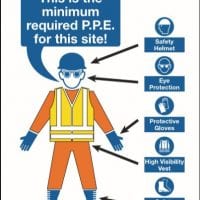
Signage can simply remind the necessary people to consider the right personal protective equipment if there is any risk to their health onsite. Not only can lack of protection equipment increase risk dramatically and potentially cause injury, but it can also create a lot of legal issues for the business owner/responsible person.
Examples Of Personal Protective Equipment Signage
Below are some examples of Stocksigns’ wide range of Personal Protective Equipment signage:
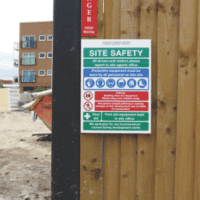
These are a great way to contain all of your rules/instructions in one place. This makes it more convenient for site users and easier to enforce safety. Site Safety Boards can include warning, hazard, prohibition and Personal Protective Equipment signs.
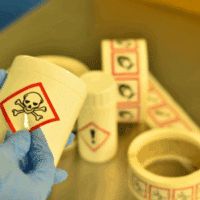
This can be a great reminder to both site users and the public of the legal ramifications of not using the correct equipment and taking the necessary steps to stay safe onsite.
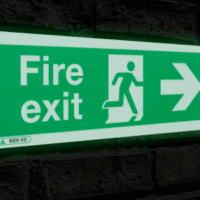
Sometimes, conditions or lighting onsite can be poor, meaning you’ll need a sign with its own light source. Photoluminescent material will charge in ambient light, and glow whenever visibility is poor. This keeps the sign visible at all times to maximise safety.
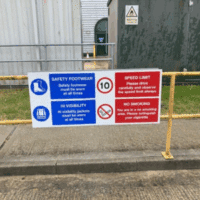
These can help to stop anyone entering site who is not wearing the correct equipment. Additionally they can act as a reminder for site users to check their equipment.
